In this article we are going to discuss 10 top most popular Linux distributions of 2016 based on Distrowatch hits.
Distrowatch is one of the oldest and best website which provides Linux distribution release information since 2001.
There are lots of Linux distributions released as of now (nearly 300 distributions) and still counting, every distribution comes with its own unique features and purpose but some of the distributions become very famous and most of the distributions go away even Top 100. It’s purely depends upon the company, how they are taking the distribution to next level by including new things & fixing bugs. In other hand, how users are picking the distribution based on their requirements.
Suggested Read : Top 12 Best and Popular Linux Desktop Environments
I can tell you the straight answer for one common question where asked by many users in different forum. Which Linux distribution is the best ? No one can tell which is the best distribution, It’s depends on the person and their requirements. There are many popular Linux distributions are available, so conclude your requirements and choose the best one for you.
You may agree/disagree the Top 10 Linux Distributions order of 2016. If yes, please add your comments to discuss further.
#1 Linux Mint
Everybody knows, Linux Mint is one the known best Desktop distribution going to be the first of the list (Holding Rank #1 on distrowatch since 2011). Linux Mint is modern, elegant, comfortable & more polished operating system which comes with its own flagship desktop environment called Cinnamon.
Linux Mint look and feel similar to windows, its easy to use for everyone. Windows users can easily adopt to Linux with help of Linux Mint, It doesn’t mean only windows users can, anyone can easily adopt to Linux with help of Linux Mint.
Linux Mint is built on top of Ubuntu LTS (Long Term Support) which will release, after a month of every LTS Ubuntu release with fixes of Ubuntu LTS bugs. It uses same Ubuntu software repositories for core level packages, and own repository too. You can find/get the same Ubuntu packages on Linux Mint. Additionally you can add all the PPA’s which was created for Ubuntu.
Linux Mint is ready to use distribution (Readily available to use after fresh installation without installing any additional software’s), I mean, most of the required applications are installed by default like browser, Office suite, email, media, plugins, Java & other applications. Also Linux Mint comes with Pre-installed proprietary software’s like codecs and drivers but Ubuntu omits these during the installation due to licensing issues.
Mint has its own unique tools for various purpose. Mint comes with three flavors based on alternative desktop environments such as KDE, MATE & Xfce.
[ac-box color=”lblue”]
Suggested Read :
- How to install Linux Mint
- What’s New in Linux Mint 18.1
- Top things to do after installing Linux Mint
- How to Upgrade Linux Mint 18.1
- How to Use Apt-get Command
- How to Use Apt Command
- How to Use dpkg Command
[/ac-box]
#2 Debian
Debian is one of the oldest & most stable/popular distribution, its completely free. Debian is best choice for personal computers as well as servers because it comes with over 43000 packages (precompiled software that is bundled up in a clean format for easy installation on your machine). I don’t think so other distribution own half of the packages on their repository. It is very easy to use, maintain, troubleshoot and deploy any kind of mission critical applications.
Debian is independent distributions and have own software packages with (.deb) extensions, users can easily deal with this package with help of package manager APT or APT-GET.
Debian is used by a wide range of organizations, large and small, as well as many thousands of individuals. It has good community support for all kind of issues. Debian supported by almost a thousand active developers spread around the world.
Debian project has well organized standard structure for everything. Debian is one of the top most contributors to bringing newbies to Linux. Best user friendly distribution derived from Debian like Ubuntu, Linux Mint Debian Edition, Knoppix, Kali Linux, Deepin, Neptune, etc.
Debian current stable released version 8 with patched 7 and the codename was Jessie. Debian 9 (codename Stretch) expected release by mid of 2017. Debian comes with GNOME as a default desktop environment without any flavors but we can install any desktop environment which is available in Debian repository.
[ac-box color=”lgreen”]
Suggested Read :
[/ac-box]
#3 Ubuntu
Ubuntu is another beautiful distribution widely used by many users, home, organization, school, or enterprise (server). It’s working out of box and offers cutting edge applications. Day by Day Ubuntu users count get increasing in good amount. The result of popularity, recently Dell launched Inspiron 15 3000 Series Laptop pre-loaded with Ubuntu OS, Microsoft included MS SQL with Ubuntu & User can run Linux Bash Shell on Windows 10. Also Ubuntu added snap package support.
Ubuntu is derived from Debian and many of these packages (especially core packages) came from an automatic sync from Debian’s unstable branch and others applications have been pulled their own software repositories. See the Ubuntu release history, they have standard release cycle LTS & normal. LTS will be supported for 5 years & Normal release will be supported for 9 months short duration. Now you come to know how much hard they worked to bring the distribution as a popular one. I started Ubuntu as my first Linux Desktop.
Ubuntu comes with its own desktop environment called Unity. It also ready to use operating system because most of the essential application pre-installed like browser, Office suite, email, media, plugins, Java & other applications.
Ubuntu users can taste the latest software releases with help of PPA’s and non of the distro have that feature. User’s are advised to use LTS releases instead of Normal release for better stability.
Ubuntu was created by Mark Shuttleworth and funded/supported through a portfolio of services provided by Canonical. Ubuntu comes with many flavors based on alternative desktop environments such as Kubuntu, Lubuntu, Ubuntu Studio, Ubuntu GNOME, Ubuntu Kylin, Ubuntu MATE, Xubuntu & Mythbuntu.
Ubuntu has huge community support. Ubuntu also one of the best contributors to bringing newbies to Linux. Because of Ubuntu popularity many of Ubuntu based distribution created and get successes such as Linux Mint, elementary OS, Zorin OS, Linux Lite, LXLE, Peppermint OS, Bodhi Linux & Black Lab Linux, etc,.
[ac-box color=”ltan”]
Suggested Read :
- How to install Ubuntu
- Top things to do after installing Ubuntu
- How to Upgrade Linux Mint 16.04 LTS
- Ubuntu After Install (Hassle Free Software installation)
- How to Use snap Command
[/ac-box]
#4 openSUSE
openSUSE Leap 42.1 Becomes First Hybrid Distribution. After exactly one year of continues development, openSUSE transformed its development process to create an entirely new type of hybrid Linux distribution called openSUSE Leap. As you may aware of this, since Leap, openSUSE has moved its code base to SUSE Linux Enterprise (SLE) to offer cutting edge, Enterprise level, leading edge, and Unmatched operating system as FREE of cost, like Debian & CentOS.
openSUSE Leap will maintain as Enterprise Level which will have the same packages and updated packages based on SLE Releases. Leap complete different from previous release of openSUSE and will be maintain separate maintenance stream.
OpenSUSE Leap 42.2 is based on SUSE Linux Enterprise (SLE) 12 with Service Pack (SP) 2. All the packages are coming from SLE SP 2, which are well tested at their end that offers additional level of stability to Leap which is unmatched by other Linux distributions.
So you can blindly choose openSUSE Leap 42.2 as your primary OS among others (Especially, if you want to give a try apart from Ubuntu based system). It’s very simply and safe choice that offers Linux professionals a user-friendly desktop and feature-rich server environment.
openSUSE Leap 42.2 is the first Leap release to offer a Server Edition, you can see the option during the installation. With no graphical environment. You can install the server either full-featured textmode installer or graphical installer.
Hands off to all the developers whoever part of openSUSE Leap 42.1 development. We already know openSUSE 13.1 is Evergreen release This means that the Evergreen team will continue to provide openSUSE 13.1 with security updates and important bug fixes after the usual 18 month maintenance cycle until it has had a total life time of at least three years.
openSUSU community promised to maintain Leap and upcoming releases properly how they maintaining openSUSE till now and Every minor version of openSUSE Leap will adopt with latest release of KDE and GNOME.
Leap : The Best of Two Worlds
- Proven SUSE enterprise-components, an LTS-kernel and long-term support.
- Combine with the innovative spirit of the OpenSource community for excellent reliability and just right up-to-dateness.
In general it was agreed upon that Leap would target people who are looking for a stable base for workstations and servers and that Tumbleweed addresses people who are looking for the latest and greatest Free and Open Source software and sometimes can live with a little instability.
Overall Leap will get good audience and positive feedback from everywhere….)
[ac-box color=”lgray”]
Suggested Read :
- How to install openSUSE
- Top things to do after installing openSUSE 42.2
- How to Upgrade openSUSE 42.2
- openSUSE Review
- How to Use zypper Command
[/ac-box]

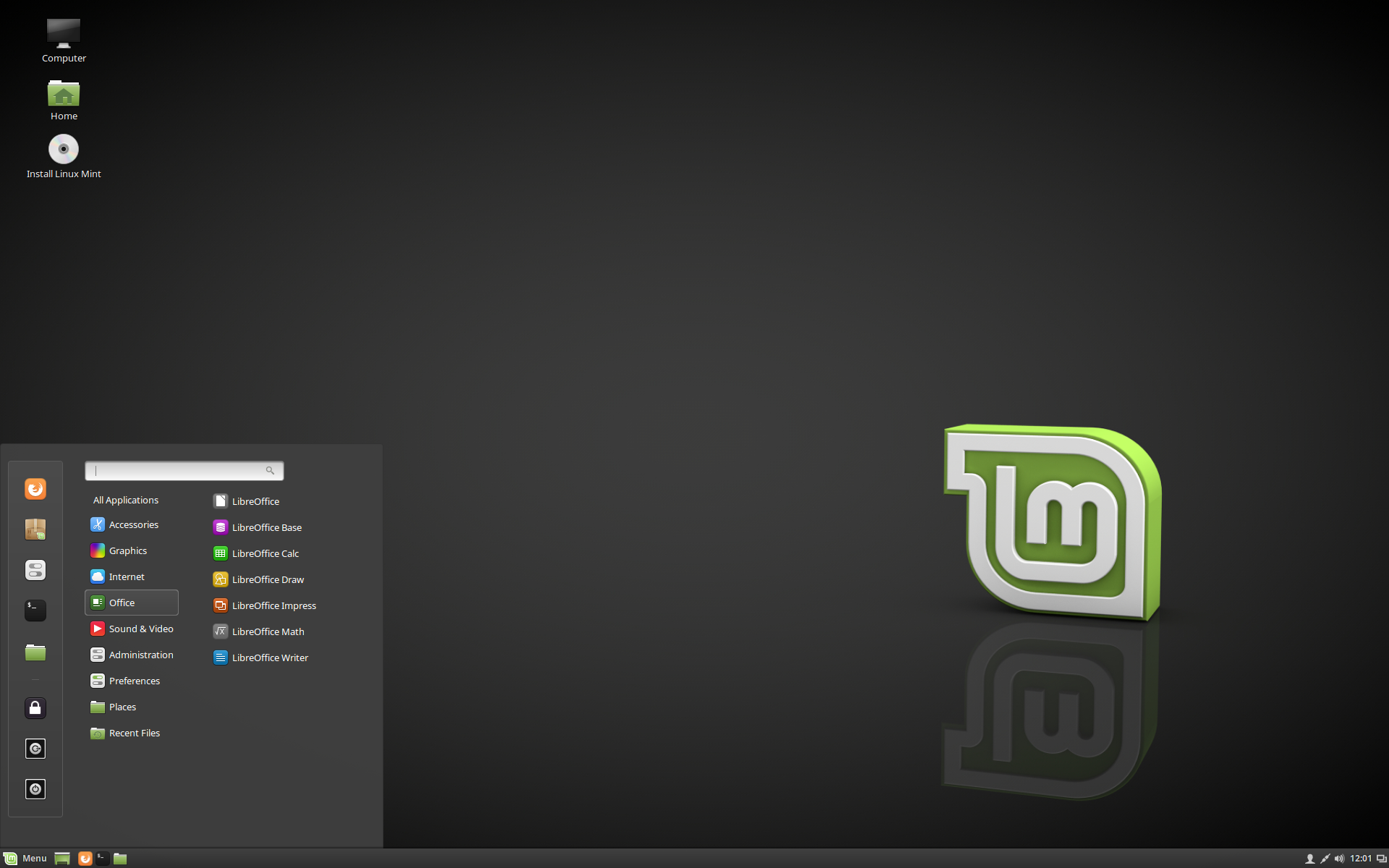
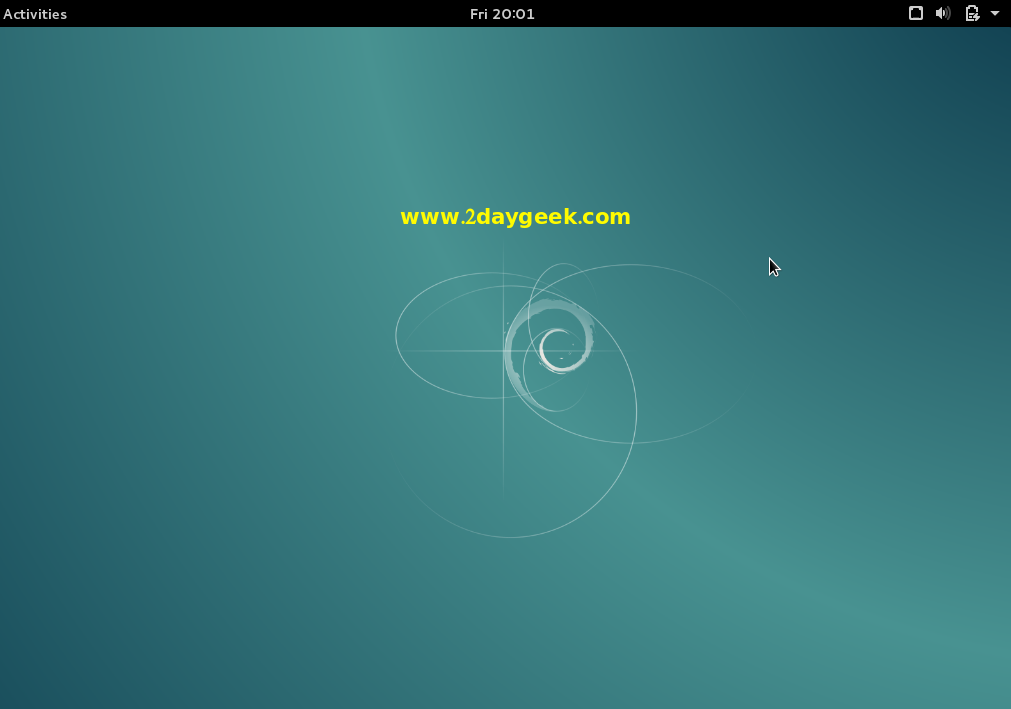
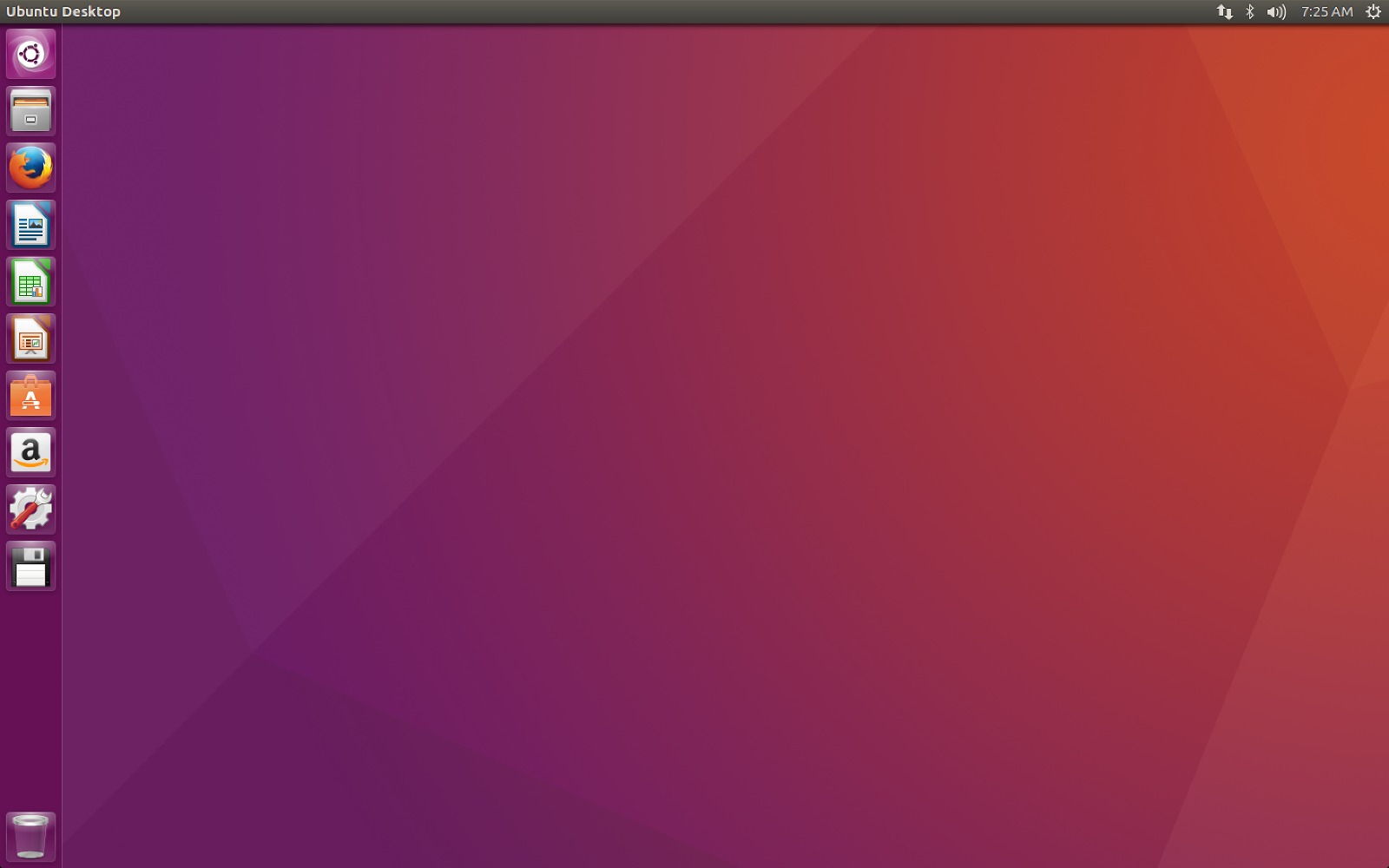
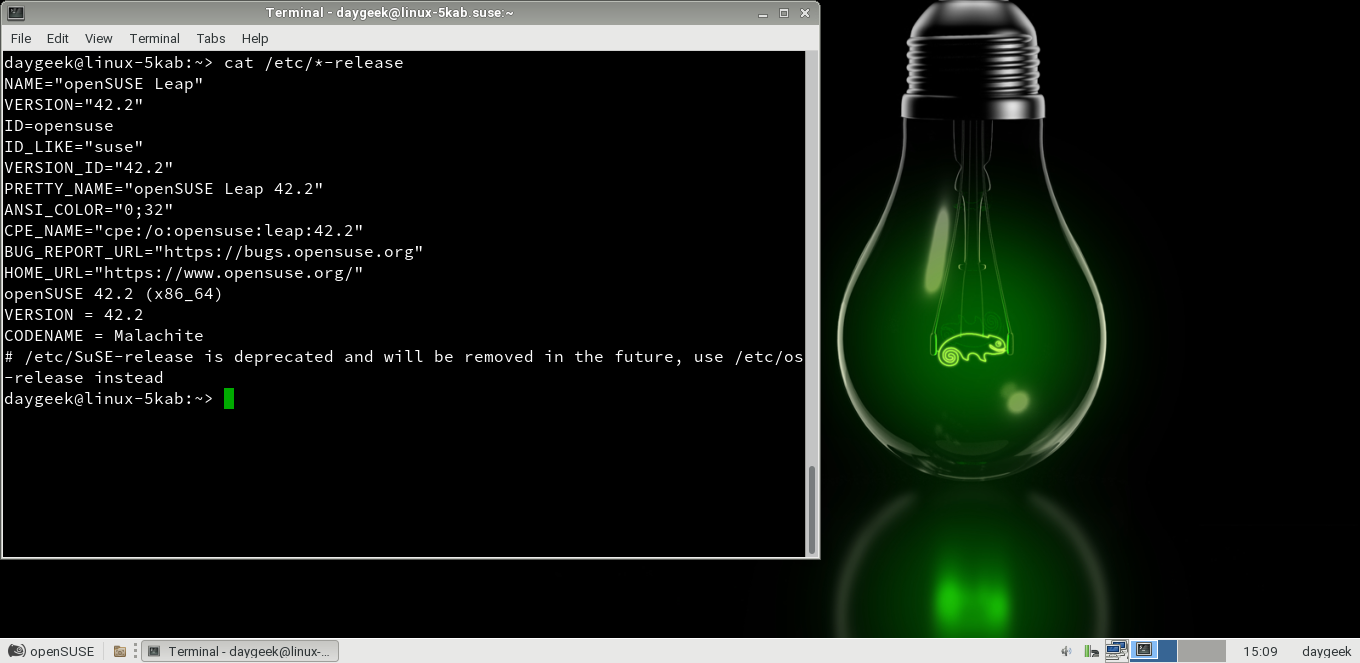
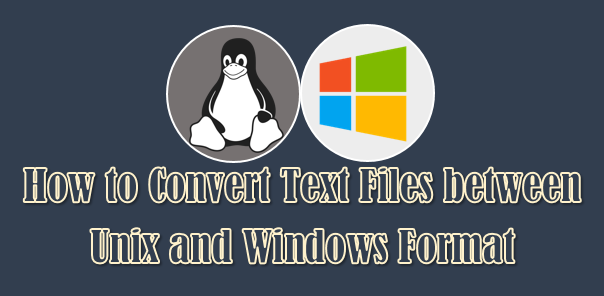
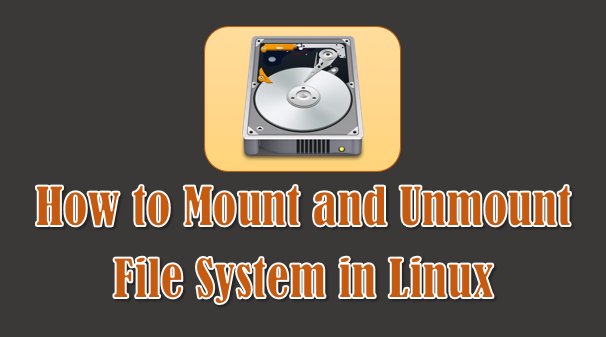
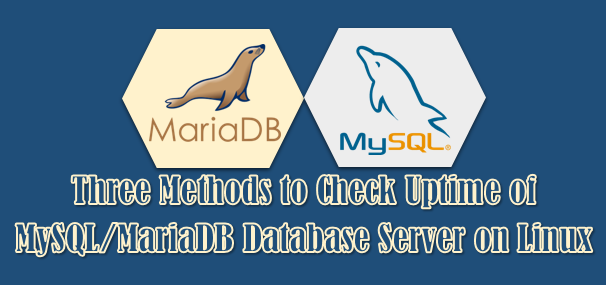
I seriously don’t know anyone who uses Mint for longer then a few months, especially since they have so much security issues. But here it is on position 1 (probably because it had the highest amount of clicks on distrowatch… *sight*)
What security issues? The website thing that happened months ago now, and didn’t affect anyone that bothered to check the checksums? I’ve been using Mint for quite ?2 years? now and love it. When I’m switching someone from Windows to Linux, it’s the distro I give them because it looks familiar. I have a few software packages like Xilinx ISE that I have to use and really only designed for Ubuntu. It also makes it super easy to manage my Nvidia drivers using the built in driver manager. Last up, I use a 4K screen as my primary and a 1080p vertical monitor as my secondary. Mint is the only distro I’ve used thus far that immediately picks up on that configuration.
I have been contemplating jumping to another distro, not because there’s anything to complain about, but just because I want to get deeper into Linux. But you really have to remember, even though you and I are comfortable with the command line and other deeper Linux-y things, many people never will be. We have to accommodate that if Linux is to ever succeed on the Desktop.
There are quit a few security issues with mint, just search for it and you’ll see. About the user friendliness on linux I agree, its pretty bad on almost any distro and in that context mint might be one of the better ones, but still not good. Although I really like linux, I would never offer it to anyone not comfortable with a cli. To much is not integrated in a gui, while the missing stuff isn’t that hard to discover or make… just noone seems to care.
And I’m also not 100% comfortable with linux either, I’m still looking up stuff on certain times. Just today nftables configuration for my router.
P.s. I am working on improving it though, good change you already used a a few patches of mine if you ever used ubuntu or debian, also have quit a few howto’s on them. Currently helping out OpenMediaVault (another debian based distro) with some docs, but not much spare time at the moment sadly.